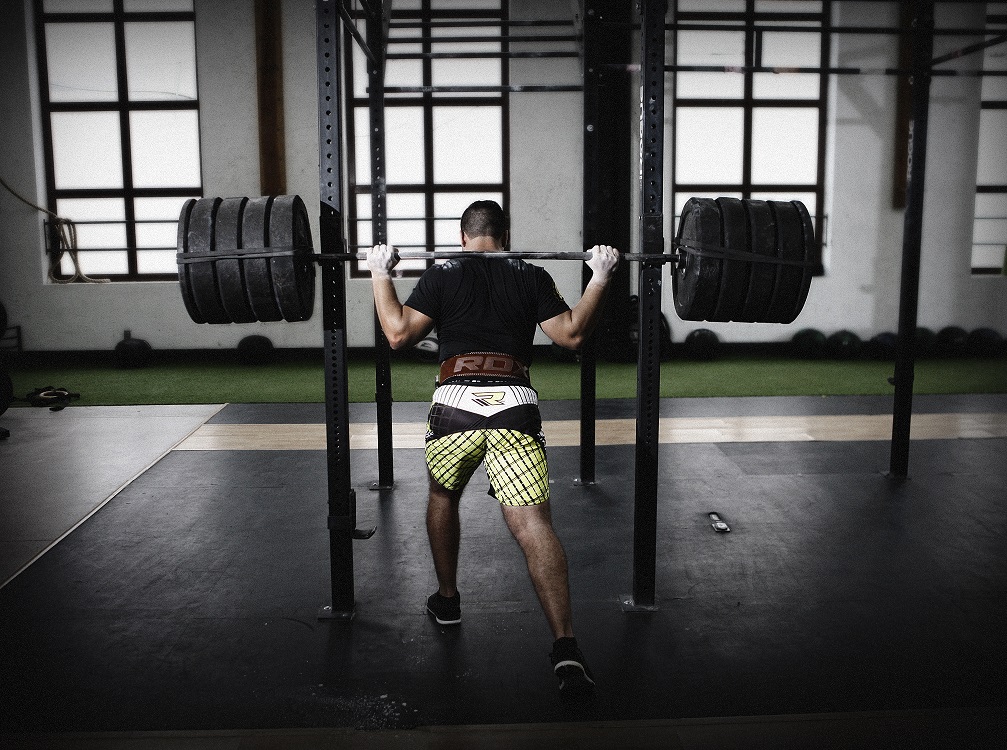Lifting belts come handy when body builders carry heavy weights. Usually these belts are wide from the front and slightly thinner at the back. The lifting belts provide support to the spine when an overhead load is carried by adding pressure on the abs. However, generally trainees and even manufactures are not aware of its functionality as they consider belts with greater width at the backside suitable to prevent the body from injury.
Function
Generally lifting belts are regarded as means to support the back while working out. They are also thought to prevent back muscles from injury which may occur when these muscles engage in intense activity. Though the use of lifting belts gives these benefits to its user, they are not the specific functionality of lifting belts. A better understanding of the mechanism of the lifting belts can help us incorporate them in a manner that yields maximum output.
But first we need to understand the function of breathing. Most exercises recommend to exhale while performing the toughest part of the exercise and inhale when letting the muscles go back to their initial position. However, this method of breathing does not come in handy when working with a huge amount of force. Take a look into your daily life. Whenever you move something heavy or perform an action that requires you to exert force, you begin with taking a deep breath followed by the push or pull action. Once the movement is complete you exhale letting your muscles relax. Known as the Valsalva Manoeuvre, this technique helps you exert maximum force while holding your breath. This in turn increases thoracic abdominal pressure increasing the body’s potential to lift more weight. That is why you never come across a bodybuilder lifting 300kg of weight and breathing out.
Inhaling adds pressure to the thoracic cavity, which becomes even greater when the abs are tensed. This abdominal pressure aids in balancing out the external pressure that is exerted upon the spine from the backside. In simple words, with the help of abdominal pressure the body keeps itself supported against the weight lifted.
The back muscles work on stabilizing the spine from the backside, while the abs and the abdominal wall support the body from the front. A weight belt helps in increasing the abdominal pressure and gives the body the required support to lift heavy weights.
Width Of The Belt
In easy words, lifting belts help provide stability to the back by acting as a support for the abs to push against. Additional force on the abdominal wall leads to greater anterior pressure on the spine. This gives the body rigidity to stand the pressure exerted by overhead weights. The functionality of the belt and its width at the back are not correlated, a common misconception amongst most gym goers.
A 4-inch wide belt all round is sufficient to provide your back with the needed stability during weightlifting. A belt smaller than that will not be useful as it will fail to provide the required support. A belt wider than 4 inches may not fit between your hips and ribs, leading to an instable posture. A belt made up of non-flexible material such as leather and suede makes an ideal lifting belt.
When To Use A Belt?
Though a lifting belt aids in carrying heavy loads, it is not essential to wear it all the times. Many experts even disregard the use of belt suggesting that the body should learn to accommodate itself against heavy weights. Though some trainees may differ from this perspective, the use of lifting belt surely helps the body from preventing orthopedic injuries and increases body support while performing a weight lift.
Position It Correctly
Lifting belts should be placed right over the abs, in between the hips and the ribs and should be tightened to an extent that you are able to tense your abdominal wall. A loose belt that doesn’t exert the required pressure will not be able to provide the necessary support to lift weights. Similarly a very tightly closed belt will restrict flexing the abs, making it more difficult for you to weight lift.

